Science and animals go hand in hand—literally. Over the years, animals have played a pivotal role in shaping our understanding of the natural world, medicine, and even space exploration. From groundbreaking medical advances to unexpected discoveries that changed how we see the planet, these creatures have left their mark on history. Some have helped cure diseases, others have ventured into space, and a few have even challenged what we thought was possible.
1. Mice Are The Superheroes Of Genetic Research
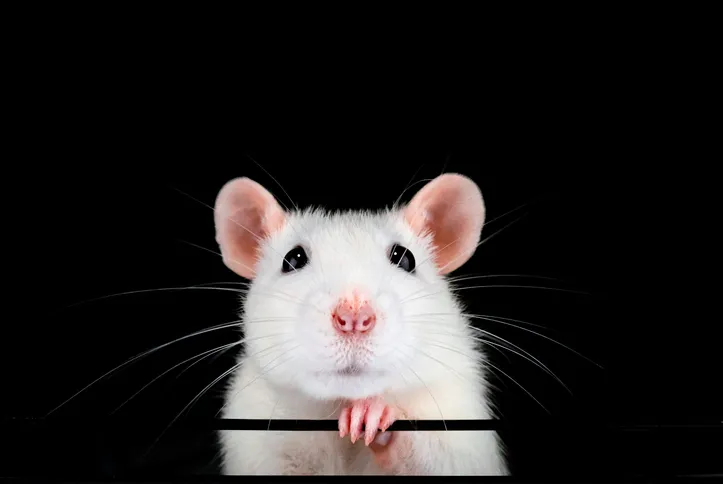
Mice might seem ordinary, but in the world of science, they’re nothing short of superheroes. These tiny creatures have become the backbone of genetic research due to their striking genetic similarities to humans. If you’ve ever heard about CRISPR or gene-editing, you should know that mice were the unsung heroes who made these developments possible. According to Understanding Animal Research, mice share approximately 80% of their genes with humans, making them invaluable for studying human genetic disorders and diseases. Scientists can manipulate mouse genes to mimic human diseases, leading to life-saving treatments and therapies. Imagine, these small beings have helped us understand cancer, diabetes, and even Alzheimer’s disease better than we ever thought possible.
But why mice, you ask? They’re small, reproduce quickly, and are easy to maintain—basically everything a scientist could wish for in a lab subject. So next time you see a mouse, remember that it’s more than just a common pest—it’s a key player in the quest to understand our very own DNA and health.
2. Fruit Flies Are The Tiny Titans of DNA Testing
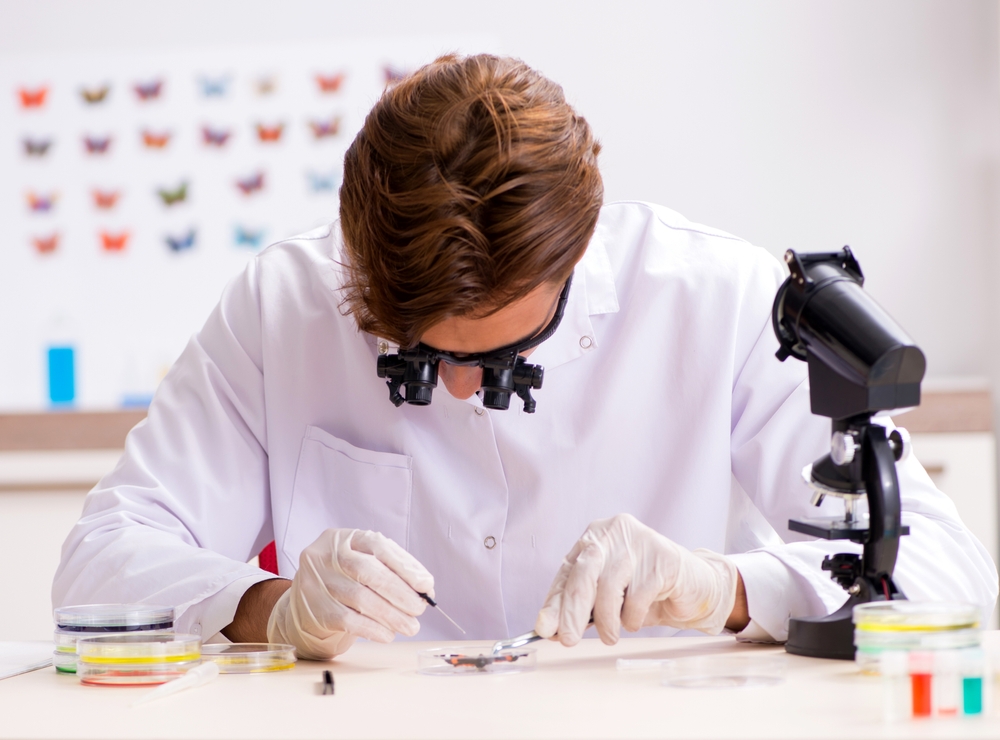
Never underestimate the power of a fruit fly buzzing around your kitchen. These little insects have been the cornerstone of genetic research for over a century. Thanks to their short lifespans and rapid reproduction rates, scientists can study multiple generations in just a few weeks. As noted by Harvard Medical School, fruit flies have been instrumental in genetic research for over a century, helping scientists uncover fundamental principles of genetics and development. This makes them perfect for observing genetic changes and mutations over time. Fruit flies have contributed immensely to our understanding of heredity, unlocking secrets about how genes are passed down through generations.
And they’re not just a one-trick pony either. Fruit flies have helped scientists decode the complexities of development and aging. These winged wonders have provided insights into biological processes that are surprisingly similar to those in humans. They’ve been instrumental in studying everything from neurological disorders to cancer, proving that sometimes big things do come in small packages.
3. Guinea Pigs Have Helped Advance Medicine

Guinea pigs have long been the poster animals for scientific research, and for good reason. These adorable creatures have played pivotal roles in medical advancements, particularly in the realm of vaccines. It was thanks to guinea pigs that diphtheria antitoxin was developed, saving countless lives in the process. Their unique immune system responses make them indispensable in studying infectious diseases and testing potential treatments.
But their contributions don’t stop there. Guinea pigs have also been instrumental in allergy research, helping us understand how the body reacts to allergens. From asthma treatments to hearing loss studies, these fluffy critters have worn many hats in the world of science. So while they might be small, guinea pigs have made monumental impacts on human health.
4. Zebrafish Have Pioneered Studies in Organ Development
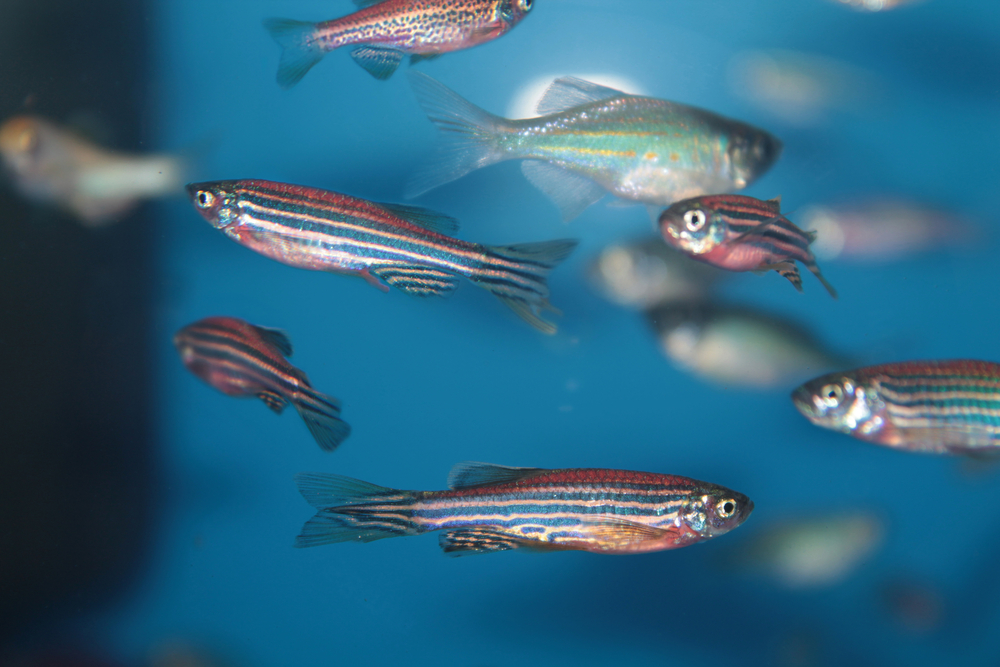
When it comes to transparency, zebrafish take the prize—literally. Their embryos are transparent, allowing scientists to observe developmental processes in real-time. This has made them invaluable for studying organ development and genetic functions. Zebrafish share a surprising amount of genetic material with humans, making them ideal candidates for research into human diseases.
The contributions of zebrafish extend beyond development studies. They’ve become key players in cancer research, regenerative medicine, and neuroscience. Because they can regenerate damaged heart tissues and spinal cords, zebrafish offer hope for groundbreaking treatments in regenerative medicine. Their unique characteristics have made them rock stars in labs worldwide, proving that these small fish have a big role in scientific discovery.
5. The Octopus Has Given Scientists Insight Into Brain Function
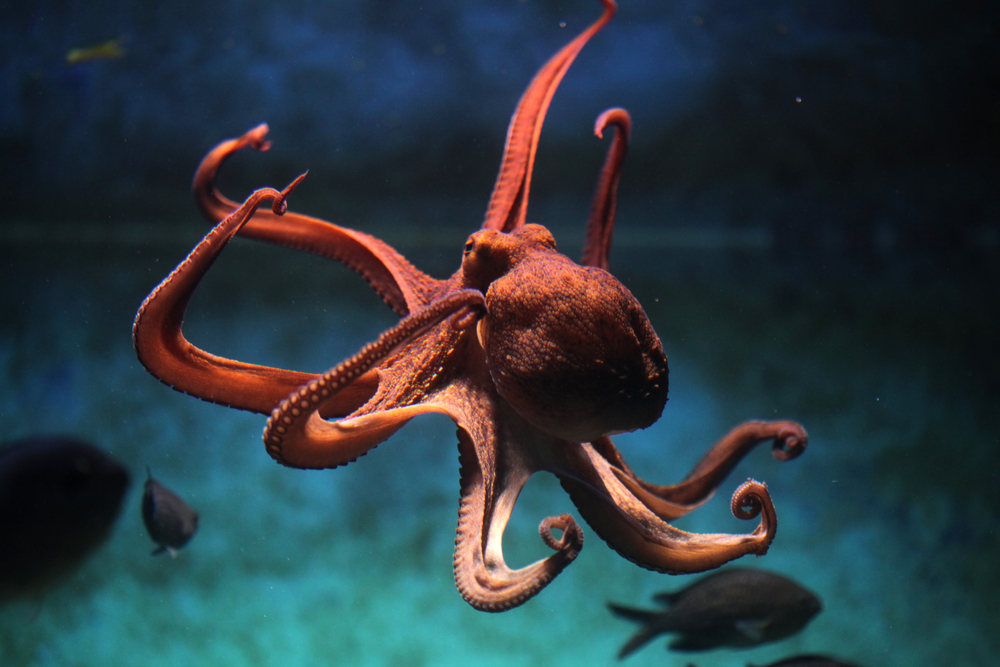
Octopuses, with their extraordinary intelligence and problem-solving abilities, have fascinated scientists for centuries. These cephalopods possess a complex nervous system and exhibit behaviors that suggest high levels of cognition. Researchers have studied them to unravel the mysteries of intelligence and consciousness, providing insights into how brains work.
But the wonders of the octopus don’t end with their brains. Their remarkable camouflage skills have inspired advancements in materials science, particularly in creating adaptive materials that change color and texture. The octopus’s ability to regenerate limbs has also sparked interest in regenerative biology, offering clues for human medical advancements. With their myriad talents, octopuses continue to captivate scientists and push the boundaries of what we know about intelligence and adaptation.
6. Sea Slugs Have Innovated In The World of Neuroscience
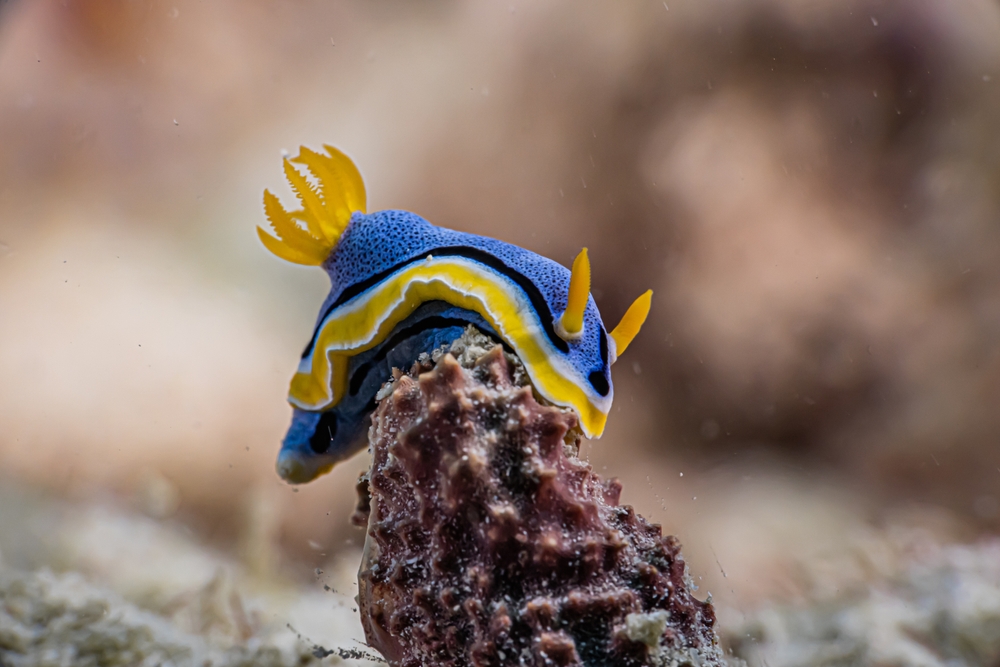
Sea slugs, specifically the species Aplysia, have made waves in neuroscience research. Despite their simple appearance, these marine mollusks have been crucial in understanding how memories form and persist. Their large, accessible neurons make them ideal subjects for studying neural pathways and synaptic functions.
Furthermore, they have helped scientists uncover the mechanisms of learning and memory at a cellular level. By observing these slugs, researchers have gained insights into long-term memory processes, paving the way for potential treatments for memory-related disorders. So while sea slugs may not have the flashiness of other animals, their contributions to neuroscience are undeniably profound.
7. Frogs Have Contributed To Developmental Biology
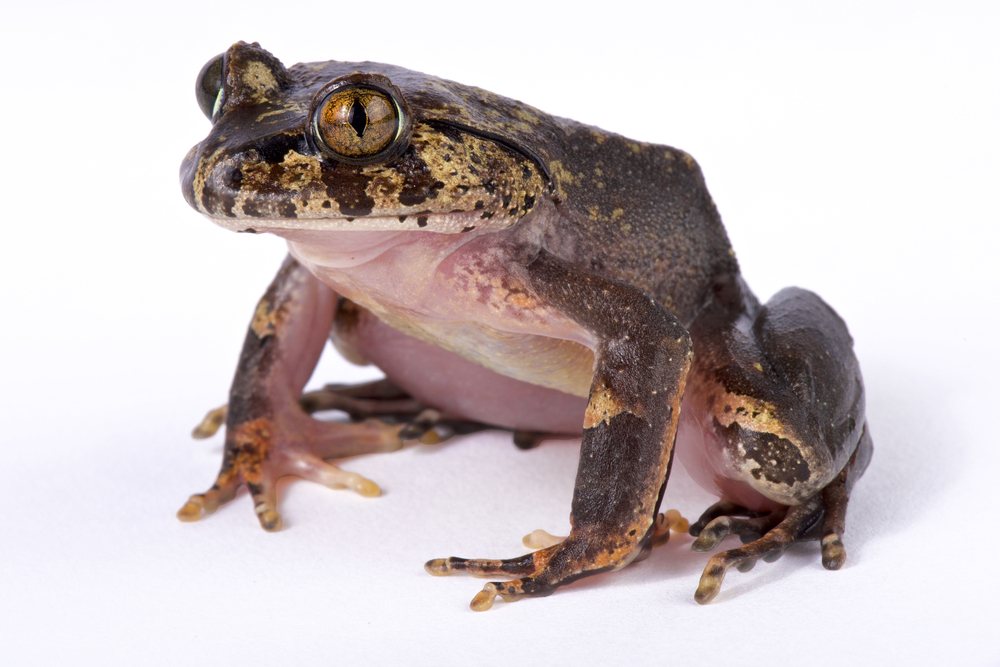
Frogs, particularly African clawed frogs, have been indispensable in developmental biology studies. Their embryos are large and easily manipulatable, allowing scientists to observe early stages of development with ease. This has led to significant insights into vertebrate embryology and the understanding of birth defects.
In addition to their embryonic contributions, frogs have been involved in research on environmental changes and their impact on biological processes. As amphibians with permeable skin, they are sensitive indicators of environmental health and changes. Their responses to pollutants and climate change provide valuable data for ecological and conservation studies. Frogs, with their unique properties, continue to be vital in both developmental and environmental research.
8. Dogs Can Detect Diseases In Humans
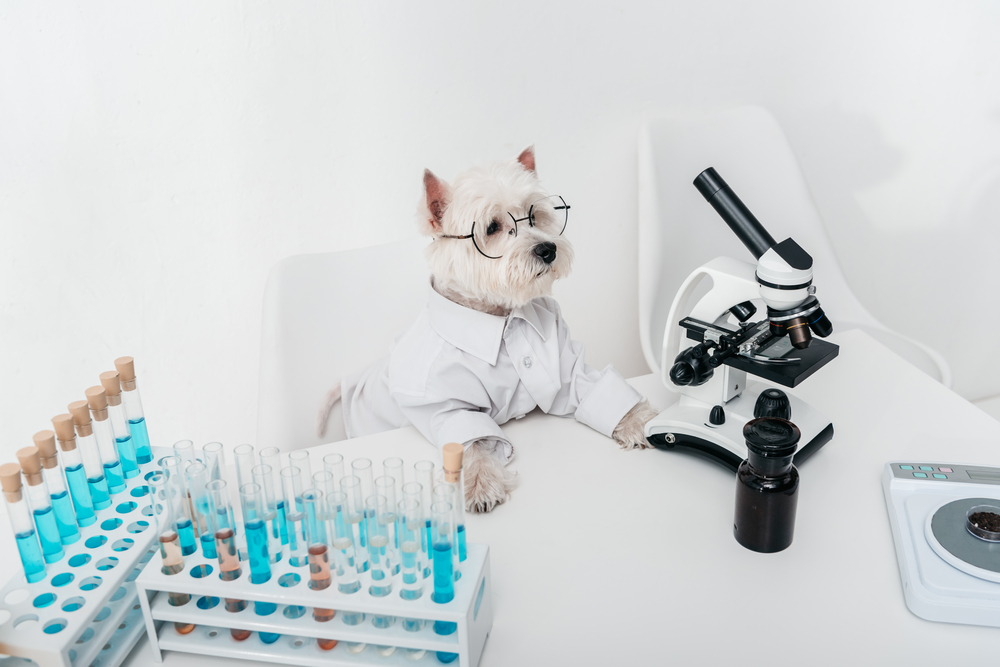
Dogs have always been known as man’s best friend, but they are also unsung heroes in the field of medicine. Their keen sense of smell has been used in the detection of diseases such as cancer, diabetes, and even COVID-19. By studying their olfactory capabilities, scientists are developing new diagnostic techniques that could revolutionize early disease detection.
Moreover, dogs have played a role in genetic and hereditary disease research. Their diverse breeds and genetic variations provide insights into conditions like hip dysplasia and certain cancers. By understanding these genetic markers in dogs, researchers can apply similar strategies to human conditions. So, while they might be known for their loyalty and companionship, dogs have also contributed significantly to medical science.
9. Rats Have Shaped Behavioral Studies
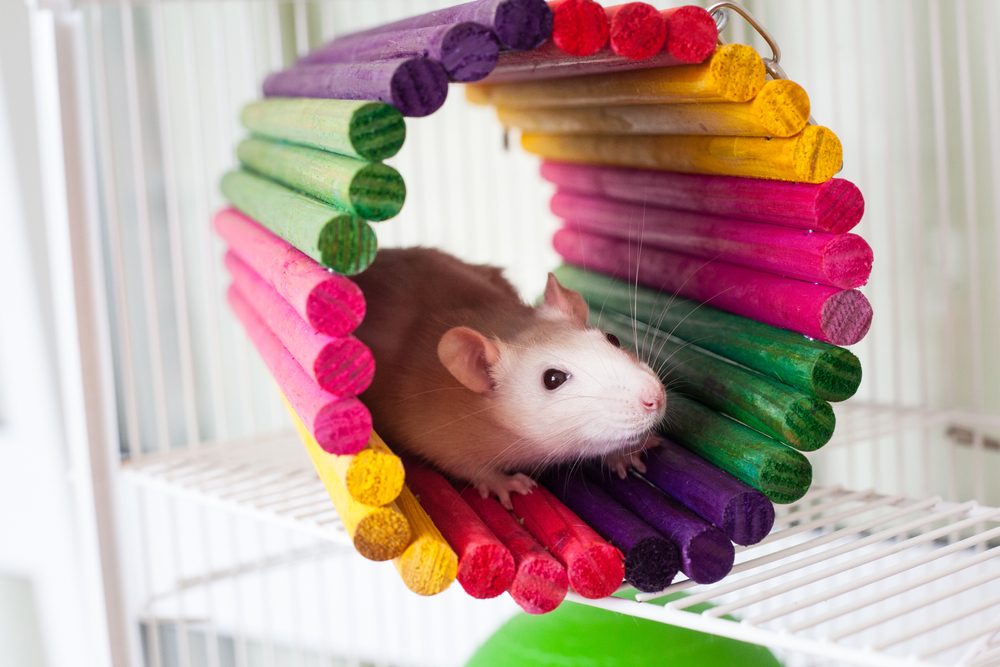
Rats have long been staples in scientific research, particularly in behavioral and psychological studies. Their intelligence and problem-solving abilities make them ideal candidates for studying learning, memory, and social interactions. The famous maze experiments have provided insights into cognitive processes and decision-making.
Beyond psychology, rats have been used in biomedical research, studying everything from cardiovascular diseases to neural regeneration. Their contributions to understanding addiction and psychiatric disorders are particularly noteworthy. While they might not have the best reputation, rats have proven themselves as invaluable partners in tackling complex scientific questions.
10. Pigs Have Pioneered Transplant Research
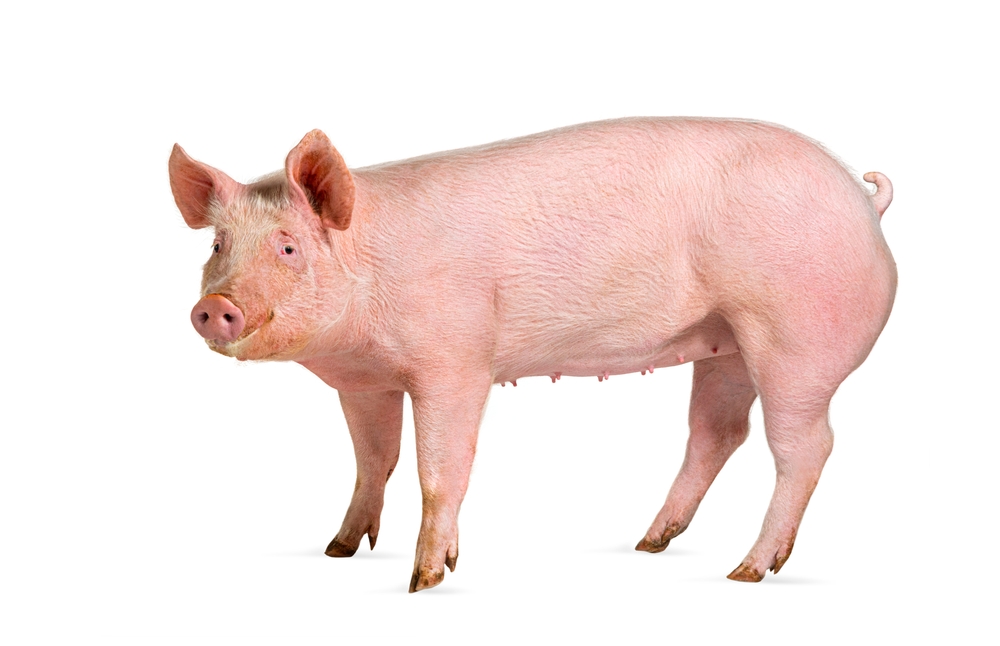
Pigs might not be the first animals that come to mind when you think of medical breakthroughs, but they’ve been instrumental in transplant science. Their organs are similar in size and function to human organs, making them ideal for studies in xenotransplantation. Scientists are exploring the possibilities of using pig organs for human transplants, potentially addressing the organ shortage crisis.
In addition to their role in transplantation, pigs have been valuable in studying metabolic diseases and genetics. Their physiology is remarkably similar to humans, allowing for insights into obesity, diabetes, and heart diseases. So while pigs often get attention for their culinary contributions, they’re also vital players in advancing human health and medicine.
11. Crows and Ravens Have Shed Light On Cognitive Function
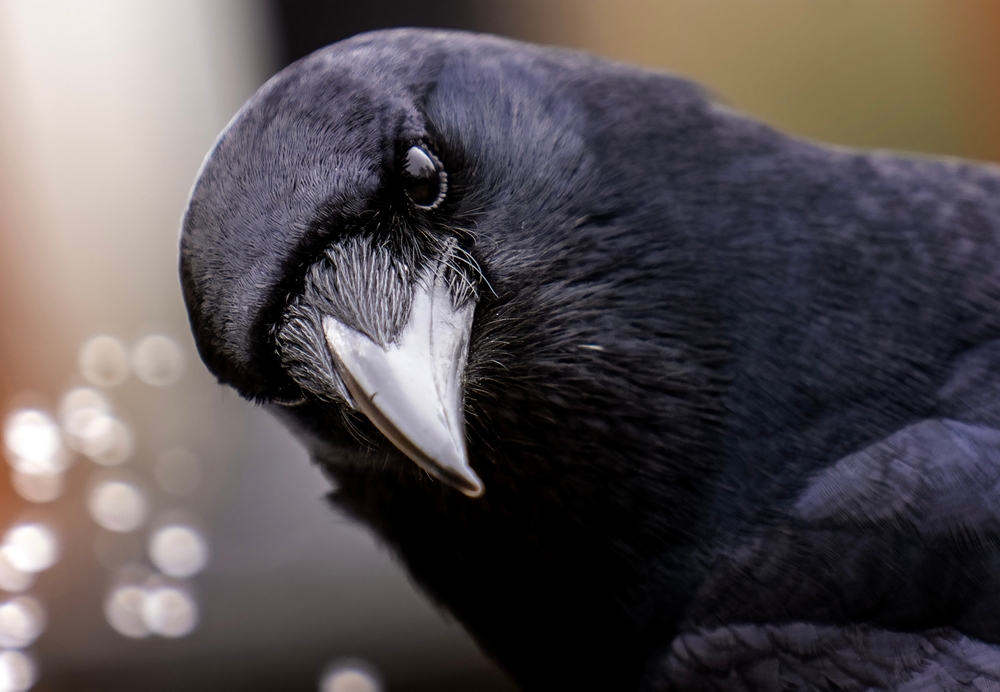
Crows and ravens, members of the corvid family, have astonished scientists with their cognitive abilities. These birds exhibit remarkable problem-solving skills and tool use, rivaling even primates in intelligence. Their ability to recognize human faces and use tools has provided insights into avian intelligence and brain evolution.
Furthermore, crows and ravens have been subjects in studies of social behavior and communication. Their complex social structures and vocalizations challenge our understanding of animal communication and culture. These intelligent birds continue to inspire scientists, pushing the boundaries of what we know about cognition and social dynamics in the animal kingdom.
12. Dolphins Are Partners In Protecting Our Environment

Dolphins have captivated scientists and the public alike with their intelligence and social behavior. Their complex vocalizations and problem-solving skills have made them subjects of interest in the study of animal communication and cognition. Dolphins’ ability to understand and respond to human commands highlights their cognitive capabilities.
Beyond communication, dolphins have been involved in research on marine ecosystems and environmental health. As top predators, they play critical roles in maintaining the balance of marine life. By studying dolphins, scientists gain valuable insights into the health of oceanic environments and the impact of human activities. These marine mammals continue to be vital to both cognitive science and ecological research.
13. Fungi Have Led To Biotechnology Breakthroughs

Yeast might seem an unlikely candidate in the animal kingdom, but these microscopic fungi have revolutionized biotechnology. As simple eukaryotes, they serve as model organisms in genetic research, providing insights into cellular processes and gene function. Yeast has been instrumental in developing techniques like recombinant DNA technology, which forms the backbone of modern genetic engineering.
Moreover, yeast’s role in fermentation has a long history in producing alcohol and bread. But beyond these culinary uses, yeast fermentation processes are crucial in biofuel production and pharmaceuticals. From brewing beer to advancing genetic research, yeast’s contributions are as diverse as they are impactful, proving that even the smallest organisms can spark major scientific breakthroughs.
14. Tardigrades Are Helping Us Understand Extreme Temperatures
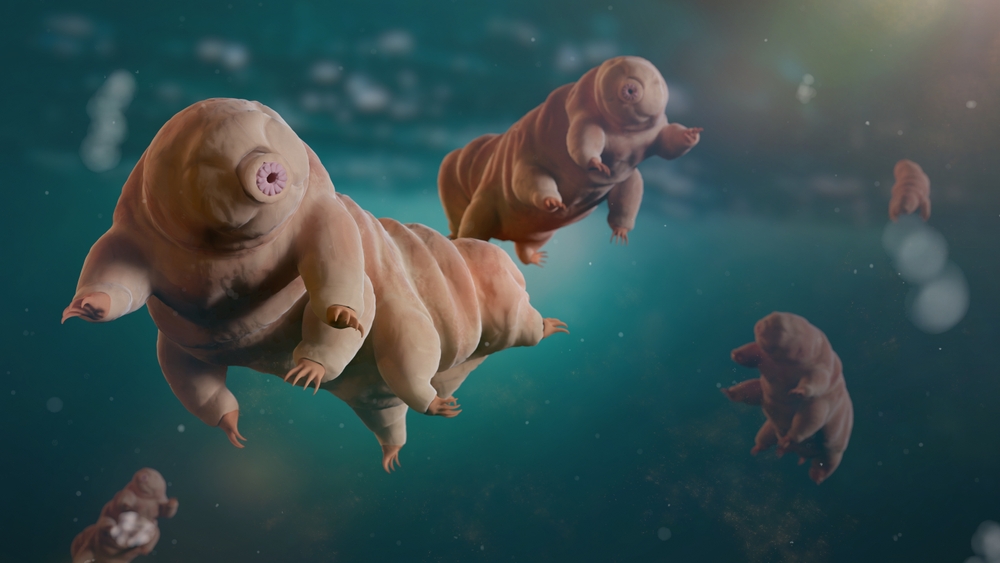
Tardigrades, also known as water bears, are tiny but mighty creatures that have fascinated scientists for their incredible resilience. These microscopic animals can survive extreme conditions, from the vacuum of space to intense radiation and freezing temperatures. Their ability to endure such environments provides valuable insights into the mechanisms of stress tolerance and survival.
Research on tardigrades has implications for fields ranging from astrobiology to materials science. By understanding how they protect their cells and DNA under stress, scientists hope to develop new strategies for preserving biological materials and enhancing human resilience to extreme conditions. Despite their size, tardigrades have opened up a universe of possibilities in scientific exploration.
15. Horseshoe Crabs Are Helping Test The Safety Of Vaccines
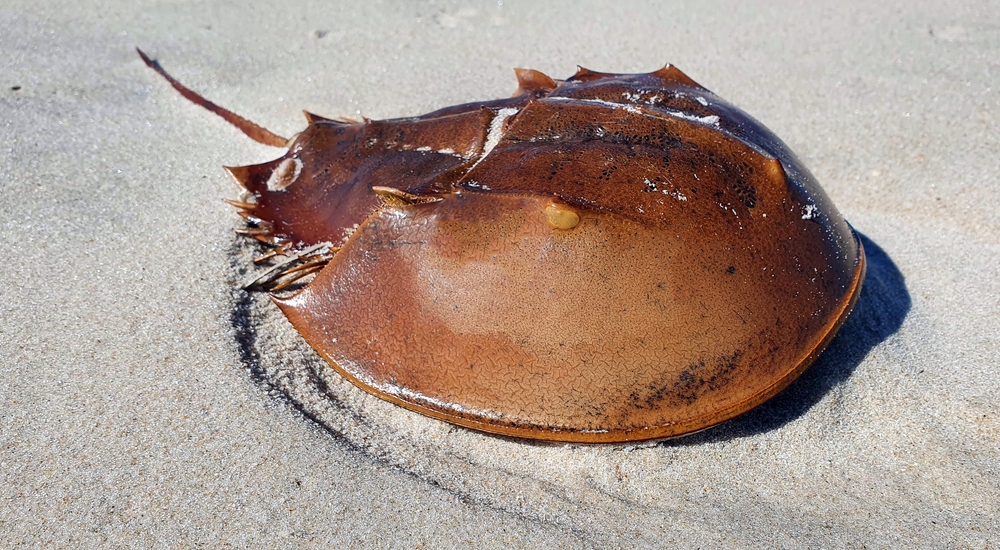
Horseshoe crabs have been around for hundreds of millions of years, but their contributions to human health are relatively recent. Their blue blood contains a unique substance called Limulus Amebocyte Lysate (LAL), which clots in the presence of bacterial endotoxins. This property has made horseshoe crab blood indispensable in testing the safety of medical equipment and vaccines.
Beyond their blood, horseshoe crabs play a vital role in marine ecosystems as a crucial food source for migratory birds. Their ecological and biomedical importance has sparked conservation efforts to protect these ancient creatures. While their prehistoric appearance might seem otherworldly, horseshoe crabs continue to be a vital link between nature and modern medicine.
